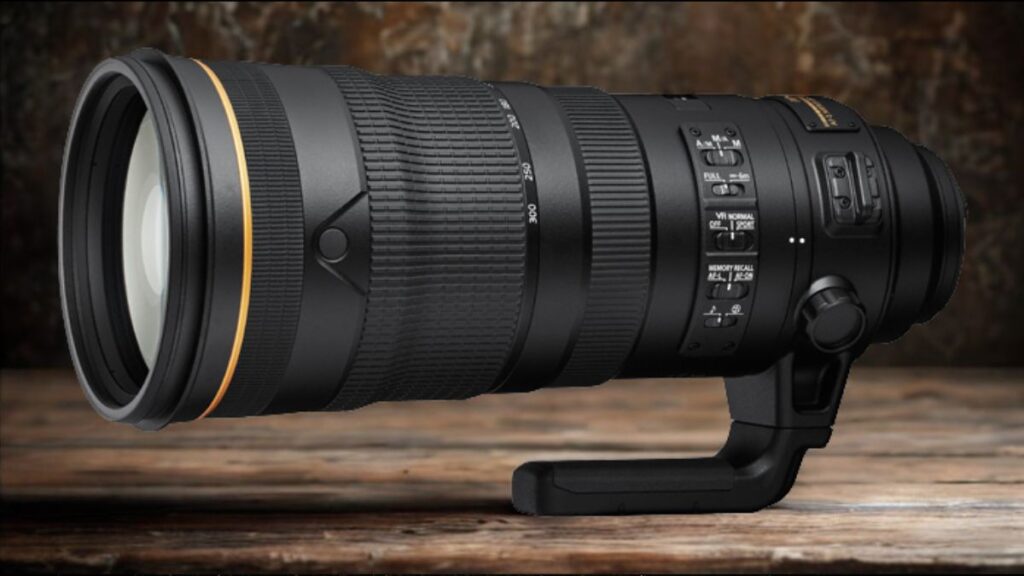Lens Logic Verdict
Is the Nikon AF-S NIKKOR 300mm f/2.8E FL ED VR worth the investment? In short: Yes—especially for professional photographers who demand top-tier optical quality, reliable autofocus, and excellent low-light performance. This lens stands out with its bright f/2.8 aperture, cutting-edge optical elements, and robust vibration reduction system, making it a solid choice for wildlife and sports photography.
With its durable, weather-sealed build and advanced coatings to reduce flare and ghosting, the lens is built to perform in tough outdoor conditions. Its silent and fast autofocus system ensures you won’t miss critical action shots, even in fast-paced environments.
However, this performance comes with a premium price tag and a substantial weight, which means it might not be ideal for casual shooters or beginners. If you’re a serious professional or enthusiast who requires speed, reach, and exceptional image quality, this lens will more than meet your expectations.
Pros
- Exceptional image sharpness
- Outstanding low-light performance
- Effective Vibration Reduction (VR)
- Fast and quiet autofocus
- Weather-sealed construction
- Smooth and pleasing bokeh
- Durable build quality
- Customizable controls
Cons
- Heavy weight (2.8kg)
- High price
- Large size
- No zoom flexibility
Today’s Sigma 120-300mm f/2.8 DG OS HSM Amazon Deal
Why you can trust Lens Logic? we put hours into testing each product or service we review. This way, you know you’re getting the best. Learn more about our testing process.
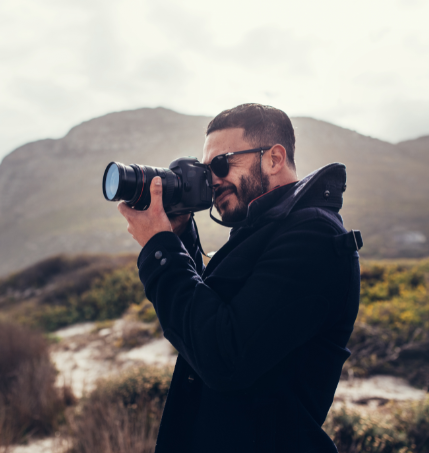
Mason knows photography inside and out. With 15 years of hands-on experience, he’s written about cameras, lenses, and gear of all kinds. He even spent five years as a journalist, diving deep into music and writing sharp, engaging stories. Now, Mason shares his photography knowledge, helping readers find the right gear and perfect their skills. He’s also proud of his unbeatable Wordle streak!
What Makes the Nikon AF-S NIKKOR 300mm f/2.8E FL ED VR Stand Out?
Let’s break down what makes the Nikon AF-S NIKKOR 300mm f/2.8E FL ED VR a standout among professional telephoto lenses.
The lens is designed with Nikon’s F-Mount and optimized for full-frame FX sensors, though it’s also compatible with DX-format cameras, where it provides an effective focal length of 450mm.
Its constant maximum aperture of f/2.8 remains consistent throughout the zoom range, allowing for excellent low-light capability and shallow depth-of-field control—perfect for isolating subjects from busy backgrounds.
Optical excellence is a major highlight. The lens uses a combination of extra-low dispersion (ED), fluorite (FL), and short-wavelength refractive (SR) glass elements. These specialized elements work together to minimize chromatic aberrations and color fringing, delivering crisp images with accurate colors.
Advanced lens coatings also play a role: ARNEO and Nano Crystal Coatings reduce flare and ghosting, helping to maintain contrast and clarity in challenging lighting conditions.
For autofocus, the Silent Wave Motor (SWM) system ensures quick, quiet, and precise focusing, with full-time manual override for flexibility.
The Vibration Reduction (VR) system has two key modes: Sport Mode for fast-moving subjects and Tripod Mode to counteract slight vibrations when using support gear. This stabilization offers up to 4 stops of shake reduction, invaluable for handheld shooting in the field.
Durability is built in with a weather-sealed lens barrel and a fluorine coating on the front element to repel water, dust, and smudges.
Other practical features include an electromagnetic diaphragm for consistent exposure during fast continuous shooting, an assignable function button for custom controls, a rotatable tripod collar with smooth ball bearings for easy repositioning, and a rounded 9-blade diaphragm that produces smooth, pleasing bokeh.
How Does the Nikon AF-S NIKKOR 300mm f/2.8E FL ED VR Perform in the Field?
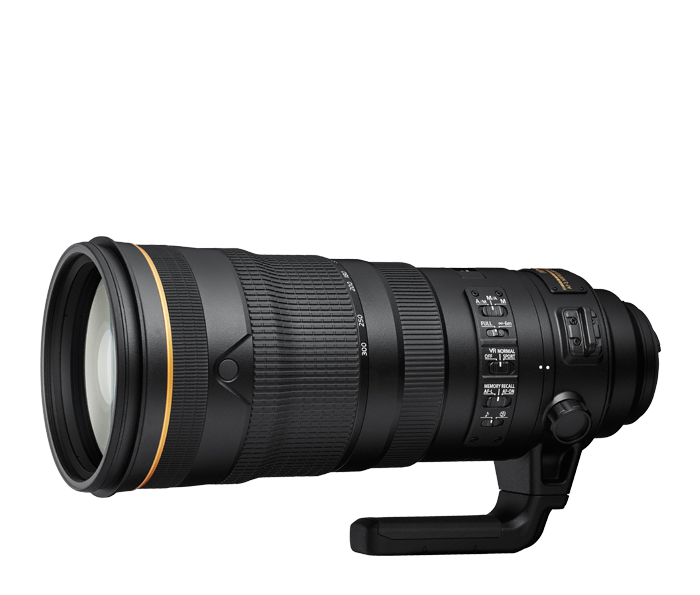
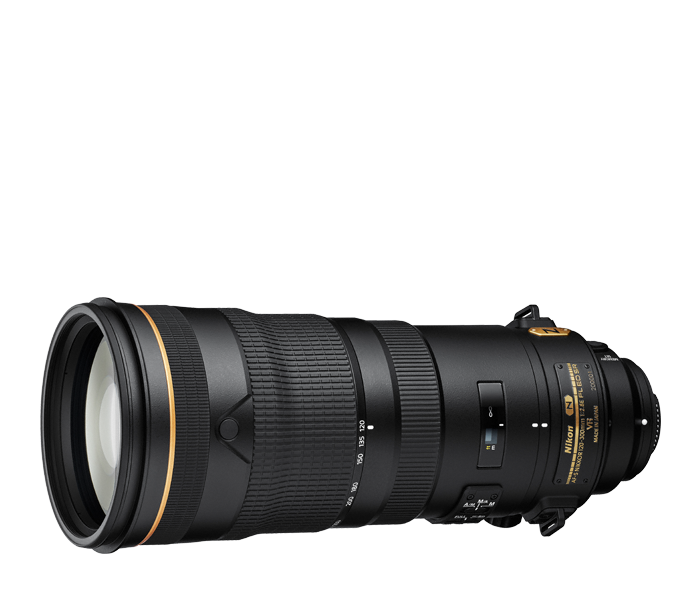
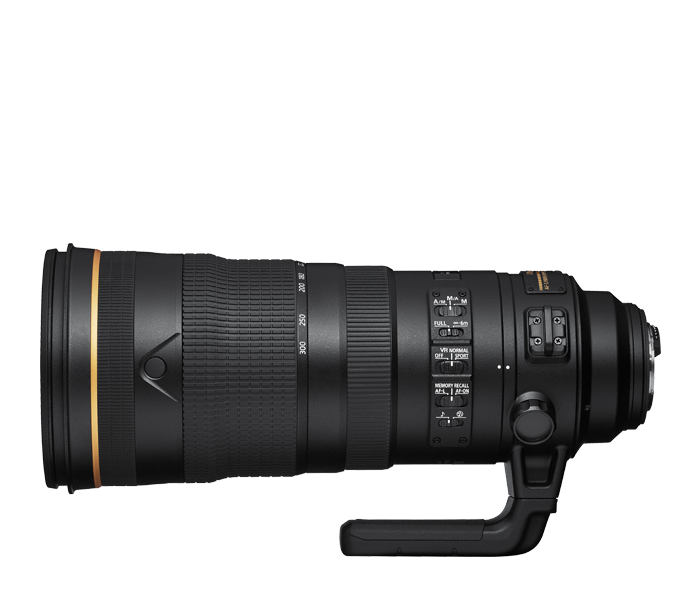
How does the Nikon AF-S NIKKOR 300mm f/2.8E FL ED VR hold up in the field? Let’s take a closer look at its design and durability.
Weighing in at roughly 2.8 kilograms (about 6.2 pounds), this is a substantial lens that many photographers will want to pair with a tripod or monopod for extended use. The solid magnesium alloy body balances strength and durability, ensuring it can withstand the rigors of outdoor photography.
The lens features full weather sealing, protecting against dust and moisture. This is a must-have for wildlife photographers who often shoot in unpredictable environments and challenging weather.
The front element sports a fluorine coating, making it easier to clean fingerprints and moisture off the glass without compromising the coating.
Ergonomically, the lens includes user-friendly controls such as a focus limiter switch, which speeds up autofocus by restricting the focus range when appropriate. The lens also features a smoothly rotating tripod collar ring with ball bearings, making it easier to switch between landscape and portrait orientations while mounted.
Though large and heavy, the design balances the lens well when mounted, helping reduce fatigue during long shooting sessions.
How Sharp and Vibrant Are Images with the Nikon AF-S NIKKOR 300mm f/2.8E FL ED VR?
How sharp and vibrant are your images with the Nikon AF-S NIKKOR 300mm f/2.8E FL ED VR? Let’s take a closer look.
The optical construction shines with excellent sharpness across the entire frame, even wide open at f/2.8. You’ll find minimal distortion and chromatic aberration thanks to the combined use of fluorite, ED, and SR glass elements.
Color reproduction is accurate and vibrant, helped by Nikon’s Nano Crystal Coat and ARNEO coatings, which effectively reduce flare and ghosting in tricky lighting.
The bokeh, or background blur, is smooth and pleasing, created by the rounded 9-blade diaphragm. This quality is especially valuable for wildlife portraits and sports shots, helping subjects pop against blurred backgrounds.
Low-light performance is a strong point. The bright f/2.8 aperture allows more light to hit the sensor, meaning you can shoot handheld in dimmer conditions without sacrificing shutter speed or image quality.
Overall, this lens delivers images with stunning clarity, natural colors, and beautiful depth-of-field effects—key qualities for professional telephoto work.
How Does the Nikon AF-S NIKKOR 300mm f/2.8E FL ED VR Perform in Autofocus and Action Shots?
How does the Nikon AF-S NIKKOR 300mm f/2.8E FL ED VR perform when capturing fast-moving subjects?
Equipped with Nikon’s Silent Wave Motor, autofocus is fast, quiet, and accurate, ideal for capturing decisive moments in wildlife and sports photography.
The lens excels at tracking moving subjects, offering highly responsive autofocus that keeps up with athletes or animals moving unpredictably.
Its focus limiter switch further improves speed by restricting focus range when appropriate, which is handy when you know your subject will be beyond a certain distance.
The autofocus system performs well in low-light conditions, maintaining precision and responsiveness.
Quiet operation is another advantage. The near-silent AF motor allows photographers to work unobtrusively, an important consideration when shooting shy wildlife or quiet indoor sports events.
Full-time manual focus override adds an extra layer of control for fine-tuning focus without switching modes.
How Does the Nikon AF-S NIKKOR 300mm f/2.8E FL ED VR Compare to Other Lenses?
How does the Nikon AF-S NIKKOR 300mm f/2.8E FL ED VR stack up against its competitors?
Compared to Nikon’s 200-400mm f/4G ED VR II, the 300mm f/2.8 offers a faster aperture for superior low-light performance, though it lacks the versatility of a zoom range.
The Canon EF 300mm f/2.8L IS II USM is a direct competitor with similar optical performance and autofocus speed. Some photographers find the Canon’s image stabilization and AF system slightly more refined, but both lenses are top-notch in their class.
Sigma’s 300mm f/2.8 EX DG OS HSM presents a more budget-friendly alternative. While it delivers solid image quality, it lacks Nikon’s advanced coatings and vibration reduction refinements, making it less optimal for serious professional use.
Ultimately, the Nikon 300mm f/2.8E FL ED VR excels in build quality, weather sealing, and stabilization, making it a leading choice for professionals focused on wildlife and sports photography.
Who Should Buy the Nikon AF-S NIKKOR 300mm f/2.8E FL ED VR?
Who should invest in the Nikon AF-S NIKKOR 300mm f/2.8E FL ED VR? Let’s break it down.
This lens is ideally suited for professional wildlife photographers and sports shooters who require a fast, reliable telephoto lens with excellent image quality and robust build.
If you often shoot in low-light conditions or need to isolate subjects from complex backgrounds, the f/2.8 aperture and optical design will serve you well.
It is also a great option for photojournalists and action photographers who need quick autofocus and vibration reduction to capture fast-moving subjects sharply.
On the other hand, casual photographers, beginners, or travelers looking for a lightweight or versatile zoom lens might find the weight, size, and price prohibitive.
Is the Nikon AF-S NIKKOR 300mm f/2.8E FL ED VR Worth the Price?
Is the Nikon AF-S NIKKOR 300mm f/2.8E FL ED VR worth its high price? Let’s find out.
This lens sits at the premium end of Nikon’s telephoto lineup, reflecting its advanced optics, durable construction, and professional features.
For professionals who rely on their gear to deliver top-tier image quality and consistent autofocus performance in demanding environments, the investment is justified. The lens is built to last, weather-sealed, and equipped with the latest technology, making it a dependable choice over many years.
However, for hobbyists or those on a tighter budget, the cost may feel steep, especially given alternatives that offer zoom flexibility or lower weight.
In the context of professional use, this lens offers excellent value through its performance and durability.
Does the Nikon AF-S NIKKOR 300mm f/2.8E FL ED VR live up to the hype?
This lens delivers on its promise with impressive image sharpness, color accuracy, and a bright f/2.8 aperture that performs beautifully in low light.


